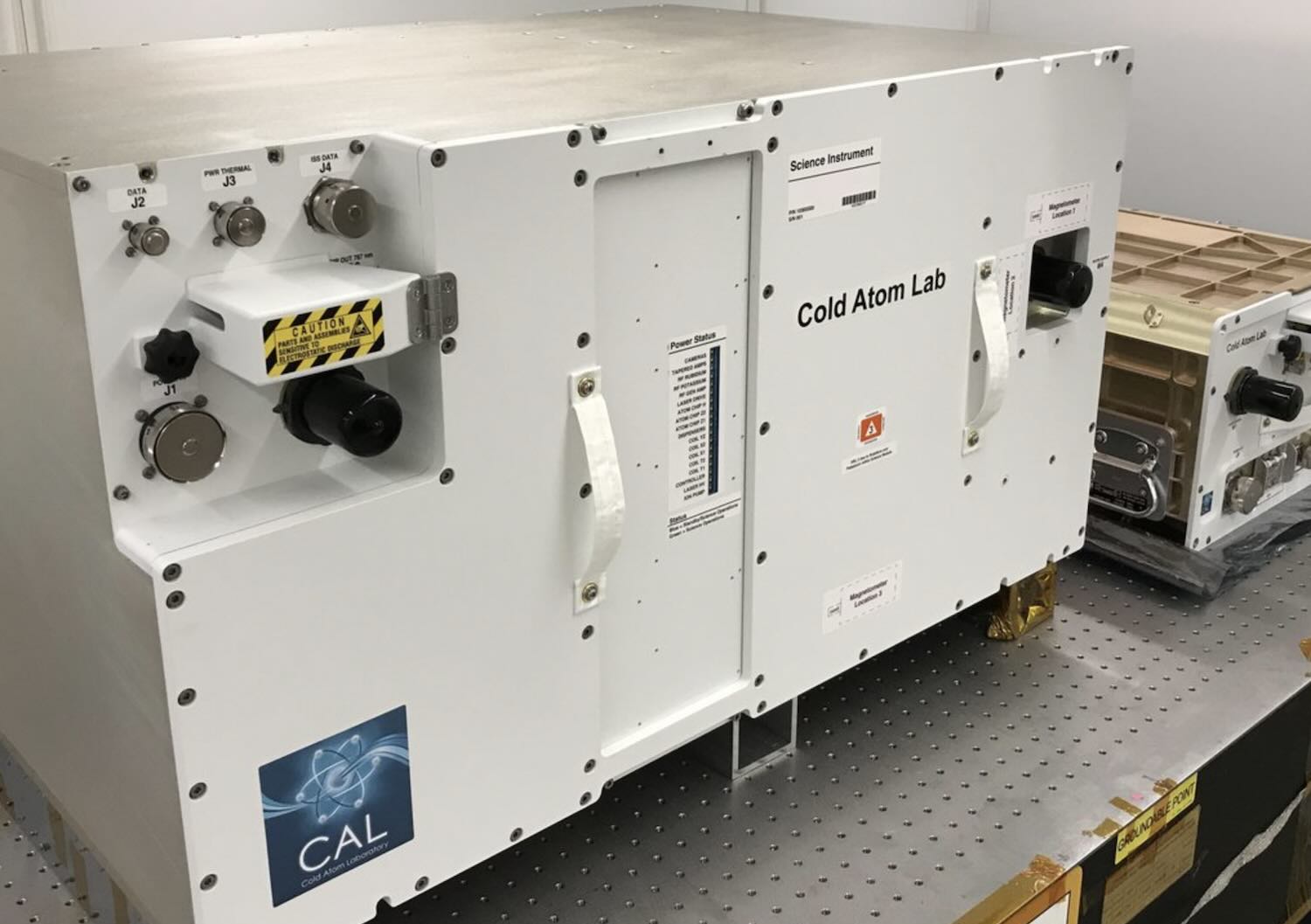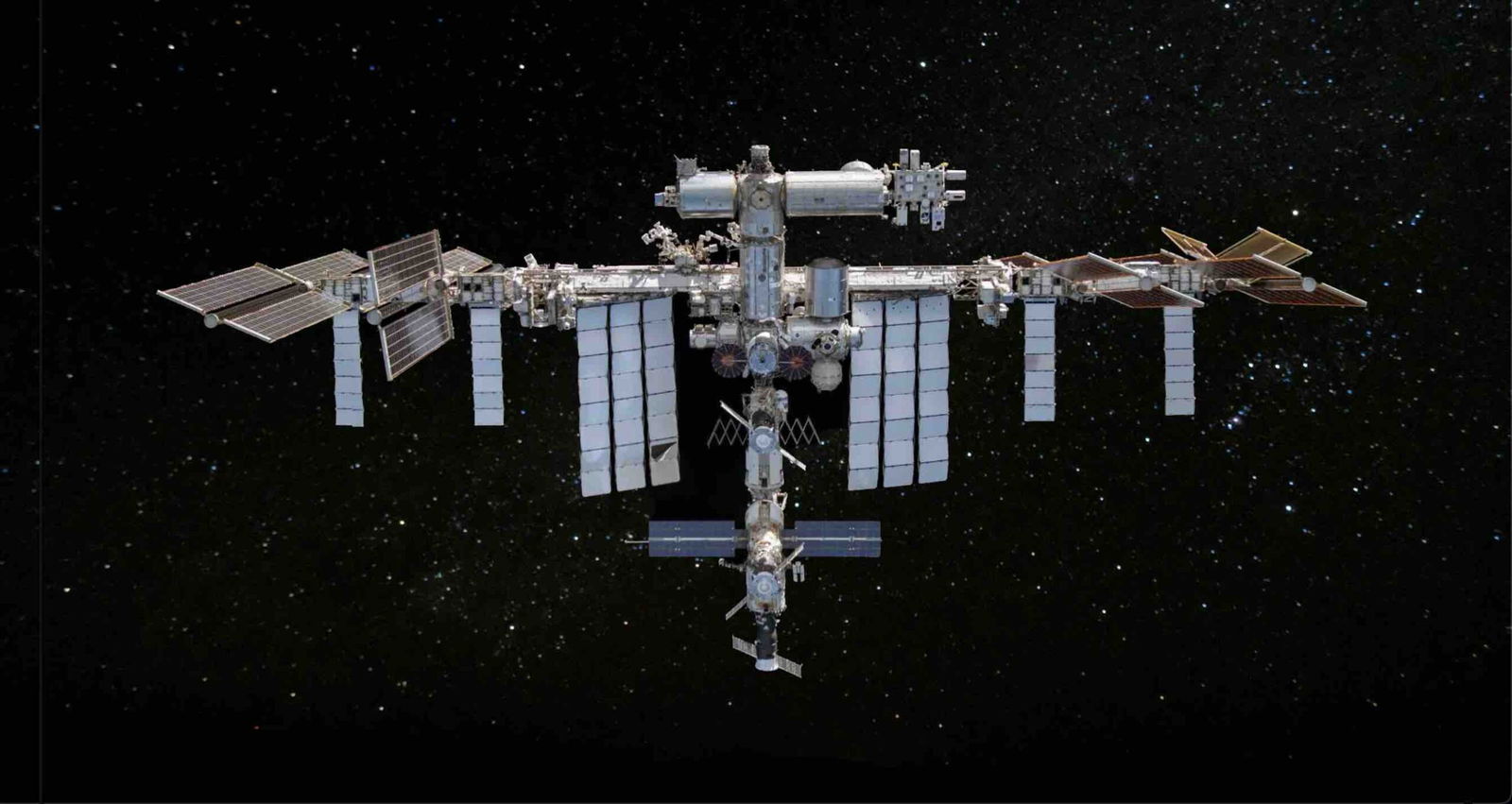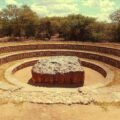NASA’s Cold Atom Lab (CAL) is a groundbreaking research setup that introduces a new frontier of quantum science to the International Space Station (ISS). At the heart of this lab’s innovative observations is an atom interferometer, a quantum measurement tool capable of detecting gravity, magnetic fields, and other forces. Using this device, scientists have achieved a series of first-of-its-kind observations.
“It took dedication and a sense of adventure by the team to make this happen,” said Jason Williams, the Cold Atom Lab project scientist at NASA’s Jet Propulsion Laboratory in Southern California. “Reaching this milestone was incredibly challenging, and our success was never guaranteed.”
Bringing Quantum Technology to Space
The atom interferometer, developed in 1991 and based on earlier research dating back to the 1930s, has previously been used in experiments testing general relativity at extremely small scales. A 2009 measurement of gravitational redshift and a 2020 test of the principle of equivalence reinforced our current understanding of relativity. Sending the device into orbit is a novel application scientists have long been eager to explore. The microgravity environment of space enhances measurement time and sensitivity, offering new opportunities for discovery.


University of Virginia professor Cass Sackett, a principal investigator for the Cold Atom Lab and co-author of the recent study, emphasized the potential of this technology. “Atom interferometry could also be used to test Einstein’s theory of general relativity in new ways. This theory explains the large-scale structure of our universe, but we know there are aspects we don’t fully understand. This technology may help us close those gaps and provide a more complete picture of the reality we inhabit.”
Quantum Experiments on the International Space Station
In 2018, NASA sent the CAL to the ISS. Though only the size of a mini fridge, the lab can cool atoms to form a Bose-Einstein condensate by reaching temperatures near absolute zero, specifically -459 degrees Fahrenheit (-273 degrees Celsius). This is achieved through various cooling techniques, most recently the sympathetic cooling of potassium bosons using rubidium gases as a reservoir. All atoms share the same quantum identity in this absolute zero state, causing their microscopic quantum properties to manifest on a macroscopic scale.
In the microgravity environment of space, these two factors work even more effectively together, allowing for deeper and longer-lasting cooling of Bose-Einstein condensates. In this significantly slowed-down form, the atom interferometer can capture quantum measurements that would be impossible on Earth. The device fires light pulses at particles, exploiting the wave-like quantum nature of matter, and an AI chip reads the resulting data. According to the researchers, these readings generate measurements of acceleration, rotation, gravity, and subtle forces, which “could signify new physics acting on matter.”
Quantum Results
Across three experiments, the team demonstrated the effectiveness of CAL. They used the particles’ extended free-fall time to compare vibrations within the space station itself, leading to a more precise understanding of the data generated by CAL. Using a shear-wave interferometer, the team highlighted the impact of matter-wave interference. Finally, photon recoil measurements characterized Bragg wave diffraction, further clarifying the data.
These experiments laid the foundation for future research aboard the ISS. While previous Earth-based experiments have partially replicated microgravity conditions, these practical tests in space were the first of their kind. With the successful testing and gathering of baseline data, a solid foundation for future experiments is now in place.
A Quantum Future Arising from the Cold
With this groundwork established, the study’s authors foresee numerous future applications for CAL and zero-gravity interferometry more broadly. Potential areas of research include high-precision inertial sensing for testing fundamental physics in spaceflight and achieving new ultra-low temperatures in atomic gases.
“I expect that space-based atom interferometry will lead to exciting new discoveries and fantastic quantum technologies that will impact everyday life and transport us into a quantum future,” commented Nick Bigelow, a professor at the University of Rochester in New York and a study co-author.
The paper, “Pathfinder experiments with atom interferometry in the Cold Atom Lab onboard the International Space Station,” was published in Nature Communications on August 13, 2024.
Ryan Whalen covers science and technology for The Debrief. He holds a BA in History and a Master of Library and Information Science with a certificate in Data Science. He can be contacted at ryan@thedebrief.org, and follow him on Twitter @mdntwvlf.

